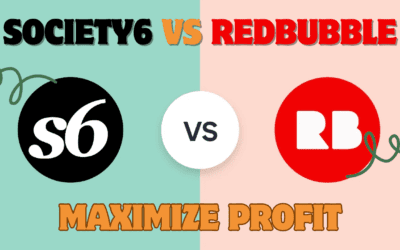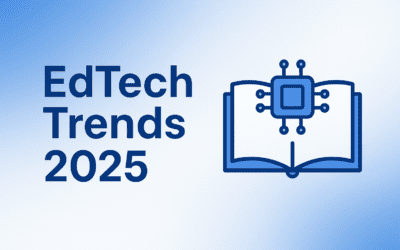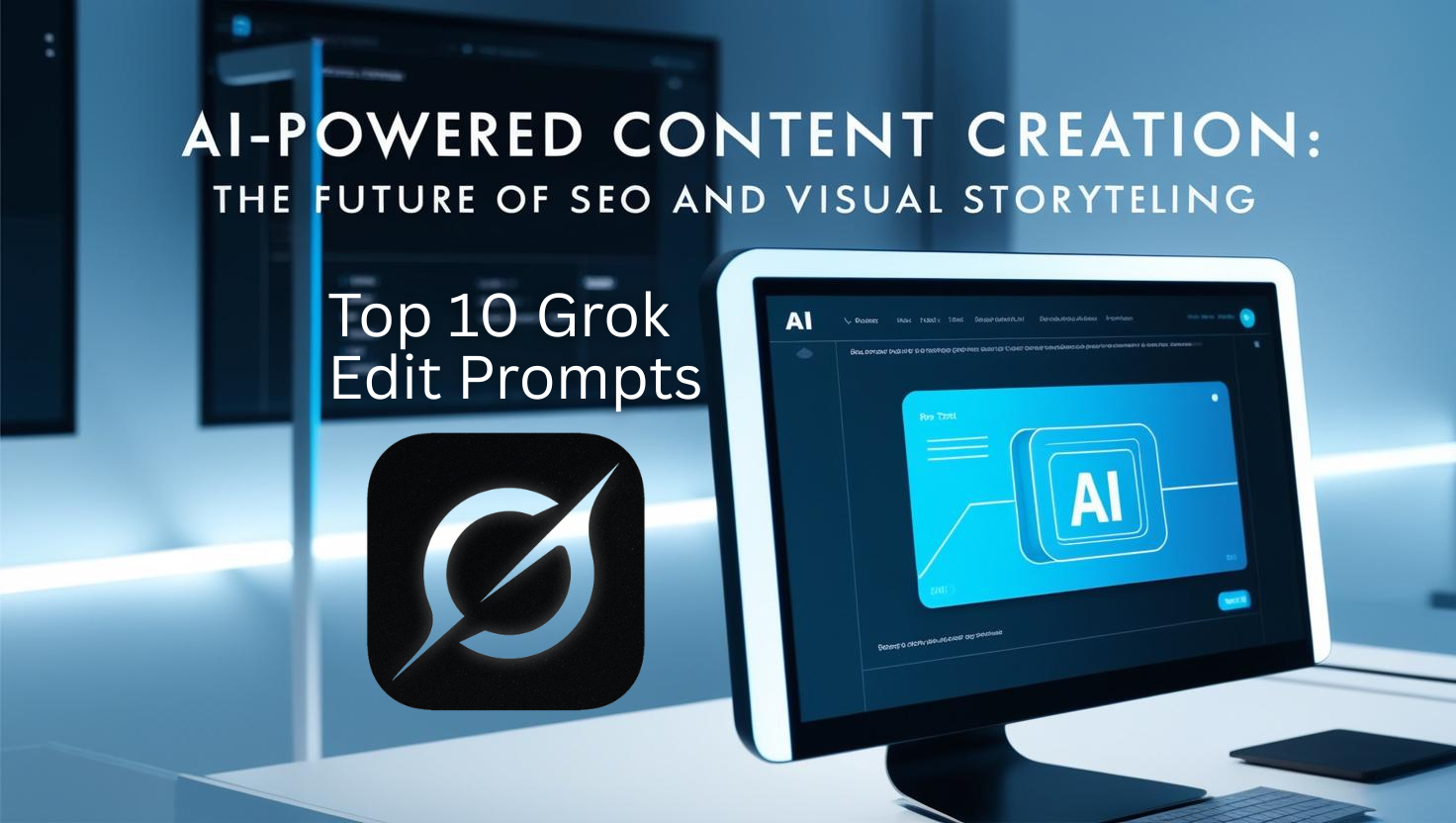Introduction: Beyond Autocomplete – The Rise of Agentic Coding
The landscape of AI-powered development tools is undergoing a seismic shift. While most coding assistants have settled into being “smarter autocomplete” or chatbots tacked onto existing editors, Qoder AI agentic coding platform for real software represents something fundamentally different. Developed by Alibaba and launched in August 2025, Qoder isn’t just another AI helper—it’s an entire environment designed around autonomous AI agents that understand your entire project and execute complex tasks with minimal handholding.
What makes Qoder particularly compelling is its explosive growth trajectory, rocketing to over 100,000 users in just five days post-launch. This rapid adoption signals a pent-up demand among developers for tools that genuinely address project-wide complexity rather than just isolated coding tasks. In this comprehensive review, we’ll explore whether Qoder delivers on its promise to transform developers from code writers to architectural supervisors.
What is Qoder AI? From Assistant to Teammate
Qoder AI agentic coding platform for real software represents a paradigm shift in how AI integrates with development workflows. Unlike traditional tools that operate on a request-response model, Qoder implements what Alibaba calls an “agentic” approach—where AI can reason about problems, plan multi-step solutions, and execute tasks autonomously.
The Three Pillars of Qoder’s Architecture
Qoder’s design philosophy rests on three core concepts that differentiate it from previous generations of AI coding tools:
- Enhanced Context Engineering: Qoder analyzes your entire codebase—architecture, dependencies, design patterns, and even coding style—to build a deep, persistent mental model of your project. This goes beyond simple keyword matching to genuine comprehension through a hybrid retrieval architecture combining vector search, code graphs, and pre-indexed knowledge bases.
- Knowledge Visualization: Unlike “black box” AI assistants, Qoder makes its thinking process transparent and auditable through features like Repo Wiki (auto-generated documentation), Action Flow (step-by-step execution traces), and Task Reports (outcome summaries).
- Spec-Driven Development (SDD): This revolutionary workflow shifts the developer’s role to “intent clarifier.” Instead of micromanaging AI with prompts, you write high-level specifications, and the AI uses these as its source of truth to autonomously plan, code, test, and deliver results.
Key Features That Redefine AI-Assisted Development
Quest Mode: Your AI Project Manager
Quest Mode is Qoder’s flagship feature for task delegation. Instead of conversing with AI step-by-step, you describe a requirement in natural language, and Qoder drafts a technical specification, executes the plan, and produces a comprehensive report.
Real-world example: When tasked with implementing Google OAuth authentication, Qoder can create a detailed spec, then autonomously generate necessary routes, services, frontend components, and integration tests—completing approximately 90% of the implementation correctly before requiring human review.
Repo Wiki: Automated Project Knowledge Management
For developers who frequently navigate complex or legacy codebases, Repo Wiki is a game-changer. It automatically generates and maintains structured documentation for your repository, creating architecture overviews, module summaries, and dependency mappings that evolve with your code.
This feature is particularly valuable for:
- Onboarding new team members
- Understanding unfamiliar codebases
- Preserving institutional knowledge
- Maintaining documentation that actually stays current with code changes
Intelligent Model Routing
Unlike tools that lock you into a single AI model, Qoder employs sophisticated routing that automatically selects the optimal model (including Claude, GPT, and Gemini) for each specific task. This means frontend UI tasks might route to models excelling at HTML/CSS, while system architecture questions go to models with stronger reasoning capabilities—all without manual intervention.
Enhanced Context and Memory
Qoder addresses one of the most significant limitations of traditional AI assistants: poor contextual memory. Through its long-term memory system, Qoder remembers your previous decisions, coding style, and architectural choices across sessions, dramatically reducing the “remind the bot” tax that plagues other tools.
Qoder vs. The Competition: How It Stacks Up
| Tool | Primary Strength | Context Handling | Autonomy Level | Pricing Model |
|---|---|---|---|---|
| Qoder AI | Repository-scale understanding & task automation | Project-wide with persistent memory | High (Quest Mode) | Free during preview, paid plans TBD |
| Cursor | Polished UX with flexible model choice | Strong cross-file retrieval | Medium (requires more approval) | Free tier + Pro ($20/mo) |
| Claude Code | Large-context reasoning & safety | Excellent for massive codebases | Medium (CLI-first) | Subscription-based |
| GitHub Copilot | Deep GitHub integration | File and workspace-level | Low to Medium | Subscription-based |
Comparison of Qoder with leading alternative AI coding tools
Practical Applications: Where Qoder Shines
For Individual Developers
Qoder dramatically reduces the cognitive load of complex refactors and cross-file changes. Its persistent context means less time re-explaining your codebase and more time implementing features. Early users report that Qoder “feels faster and less lost compared with peers,” with fewer wandering edits or repeated clarifications.
For Startups and Small Teams
The automated documentation capabilities of Repo Wiki can significantly accelerate onboarding and knowledge sharing. For resource-constrained teams, the ability to delegate well-defined tasks through Quest Mode can function like having an additional junior developer on the team.
For Enterprises
While Qoder’s enterprise story is still forming, its approach to agentic coding aligns well with large organizations dealing with complex, legacy codebases. The transparency of Action Flow and Task Report features provide the audit trail that enterprises require.
Performance and Limitations: A Balanced Perspective
Technical Strengths
Based on hands-on reviews and technical analysis, Qoder demonstrates several notable strengths:
- Superior context management compared to traditional AI assistants
- Impressive multi-file editing capabilities that maintain consistency across changes
- Transparent operations through Action Flow and Task Reports
- Currently free during public preview with no usage restrictions
Current Limitations
As a relatively new platform, Qoder has some limitations to consider:
- Scale constraints: Repo Wiki analyzes up to ~6,000 files with auto-indexing capped at 10,000 files
- Spec dependency: Quest Mode’s effectiveness heavily depends on specification quality
- Limited model selection: Unlike Cursor, you can’t manually choose models
- Enterprise features like SSO and admin dashboards are still in development
Pricing and Future Outlook
Current Pricing Structure
During its public preview phase, Qoder is completely free with no announced usage limits. The official pricing for future tiers hasn’t been released, but based on industry patterns, we can expect:
- Free Tier: Basic functionality with possible usage limits
- Pro Tier: Estimated $20-30/month with full feature access
- Teams Tier: Estimated $50+/user/month with admin controls and SSO
The Future of Agentic Coding
Qoder represents a significant step toward what industry observers call “autonomous programming”—the third wave of AI programming where developers focus on requirement clarification and result review rather than direct implementation. As these platforms mature, we can expect better handling of ambiguous requirements, improved integration with existing toolchains, and more sophisticated multi-agent collaboration.
Getting Started with Qoder
System Requirements and Installation
Qoder currently supports macOS and Windows, with Linux support reportedly in development. Installation is straightforward:
- Download the installer from the official Qoder website
- Run the installation wizard (approximately 2GB of space required)
- Launch Qoder and import your existing project
Best Practices for New Users
To maximize your success with Qoder AI agentic coding platform for real software:
- Start with well-defined tasks to build confidence with Quest Mode
- Invest time in writing detailed Specs—this significantly impacts results
- Leverage Repo Wiki to understand Qoder’s project comprehension capabilities
- Review Action Flows before execution to catch potential misunderstandings
Conclusion: Should You Adopt Qoder Today?
Qoder AI agentic coding platform for real software delivers a genuinely novel approach to AI-assisted development that moves beyond conversational interfaces to true task delegation. While it’s still early days, and the platform has room to mature, its core innovations—particularly Quest Mode and Repo Wiki—offer tangible productivity benefits for developers working on real-world projects.
For developers frustrated with the limitations of current AI assistants, Qoder represents a compelling vision of the future—one where AI handles implementation details while humans focus on architecture and requirements. During its free preview period, it’s certainly worth downloading and experimenting with to understand how agentic coding might fit into your workflow.
The transition from coder to “specification designer” won’t happen overnight, but tools like Qoder are making that future feel increasingly inevitable.
Frequently Asked Questions
How does Qoder AI agentic coding platform for real software differ from GitHub Copilot?
While GitHub Copilot excels at code completion and suggestions, Qoder operates at a higher level of abstraction with its agentic approach. Qoder understands entire codebases, autonomously executes multi-step tasks through Quest Mode, and maintains persistent context across development sessions.
What programming languages does Qoder AI support?
Qoder officially supports over 200 programming languages, with particular strength in JavaScript/TypeScript, Python, Java, Go, C/C++, and Rust. The platform automatically detects your project’s language and adjusts its behavior accordingly.
Is Qoder AI agentic coding platform for real software free to use?
Yes, during its public preview phase, Qoder is completely free with no usage restrictions. The development team has announced plans for future Pro and Teams tiers, but pricing and specific limitations haven’t been officially disclosed.
How does Qoder handle data privacy and security?
As an Alibaba Cloud product, Qoder follows enterprise-grade security standards with encrypted data transmission. According to official documentation, your code isn’t used for model training, and the platform offers private deployment options for enterprise customers.
Can Qoder AI completely replace developers?
No—Qoder is designed to augment developers, not replace them. While it handles implementation details autonomously, human oversight remains crucial for requirement clarification, architectural decisions, and quality assurance. The platform shifts the developer role toward specification design and review rather than eliminating it.
















